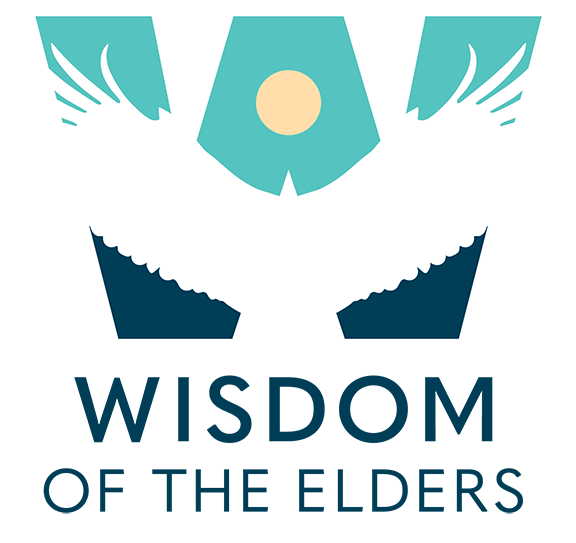WHAT: First Foods Forest Invocation and groundbreaking
WHEN: Tuesday, 3/22 at 10 – 11 am
WHERE: Topaz Farm, 17100 NW Sauvie Island Rd., PDX 97231 – park in the lot next to the market.
A celebration to acknowledge the transition to the new space, honor all that the food forest (in the previous location) provided, and celebrate new beginnings. This event is open to the public and we encourage friends of all ages to join us. After the invocation guests are invited to connect with the farmers and staff members from both Wisdom of the Elders and the Sauvie Island Center.
Take a tour of the farm and our own Grow Lunch Garden. Be sure to look for information about the timeline for the new food forest as well as volunteer opportunities.
Please read the following if you are interested in learning more about land use on Sauvie Island written by:
Joanne Lazo
Executive Director| Sauvie Island Center
A Brief History of Land Use on Sauvie (Wapato) Island
Here at the Sauvie Island Center, we are in the process of creating a land-use acknowledgment and history that holds space for reparations, partnerships, and a healing-focused future. We desire to not only recognize, but honor those who tended the land long before colonial settlers. As we continue on this process, we are looking for connections, resources, and ideas to make this undertaking richer and more equitable. We encourage our community to reach out with their ideas and resources for this process, and we thank those of you who have already added to the creation of this statement and action-focused acknowledgment.
We recognize we are growing and learning on unceded lands of the Confederated Tribes of the Grande Ronde, who represent a portion of the original inhabitants of this land. The island known as Sauvie Island was home to a band of the Multnomah People of the Chinook Nation. This group of Indigenous people, residing along the Columbia River between Vancouver and Kalama, centering on Sauvie Island, were members of the Multnomah People of the Chinook Nation. In fact, the first colonial name for Sauvie Island was Wapato Island due to the vast amounts of this wild potato, duck potato, or arrow potato growing on the island. The name Wapato was not the original name of this island nor of the wild potato but was also a name coined by colonial settlers. This tuber was a staple food of the Indigenous folks on the island; there are still patches of wapato growing on Sauvie Island today. Wapato was roasted, stored via drying, and used as a trading commodity between the Multnomah People and other nations and tribes. It is important to note how this island has been a rich source of food and sustenance for centuries. When colonial settlers arrived on the island there were at least 15 villages with 2,000 inhabitants. As more settlers arrived, so did their diseases, which took the lives of the majority of the original island inhabitants, those that survived fled the island.
We respectfully acknowledge the Multnomah People of the Chinook Nation, who have stewarded this land throughout the generations. We pay respect to elders both past and present.
Joanne Lazo
Executive Director| Sauvie Island Center
